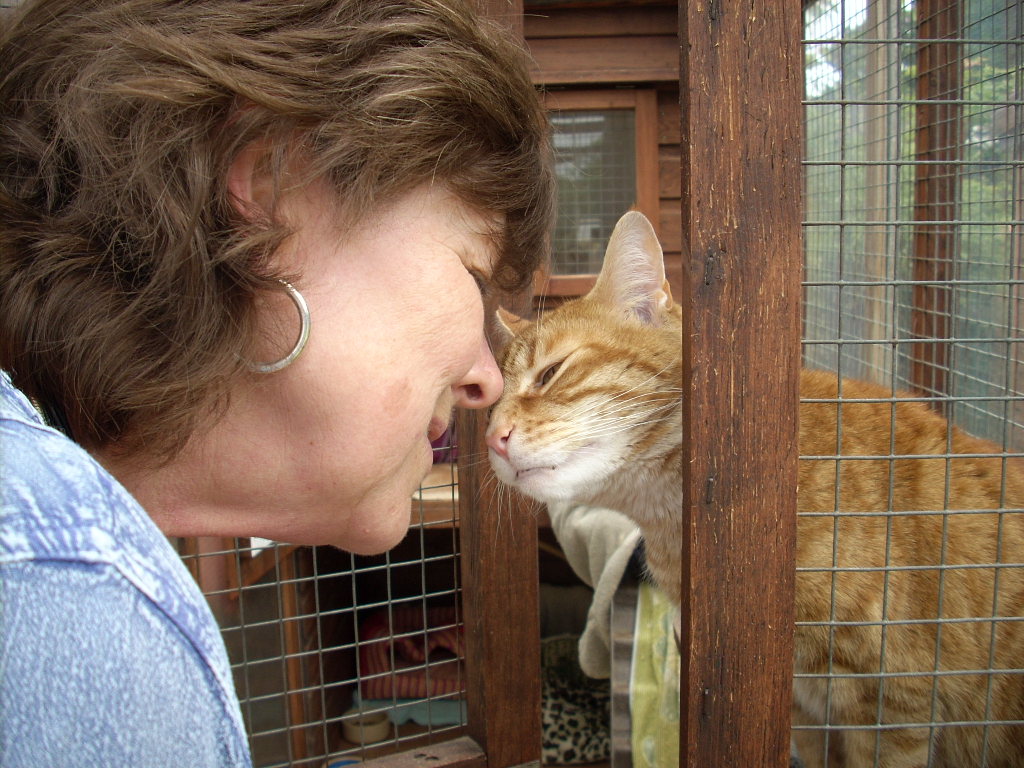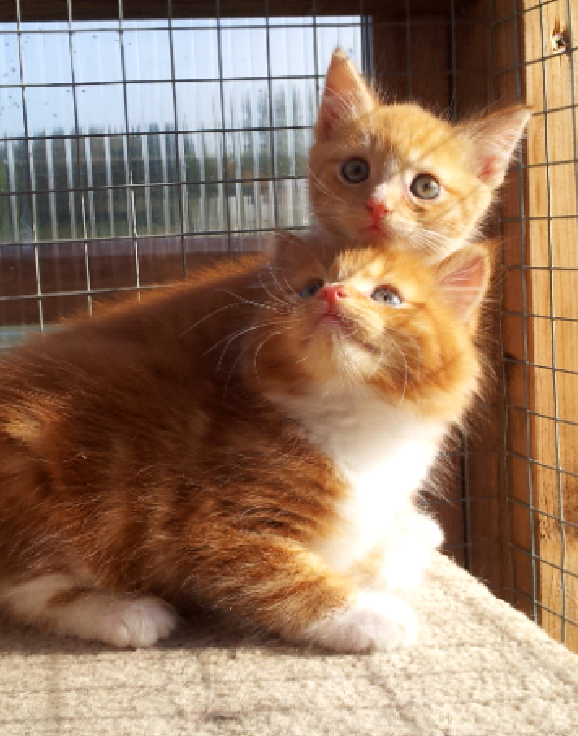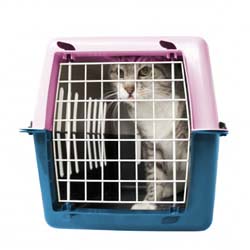Adopting A Cat
Adopting a cat is a responsibility and one not to be taken lightly. Although cats may have a reputation for taking care of themselves, that is far from true and most certainly does not equal to “no care is necessary”. Before rushing in, take the time to do your homework, so you can avoid common mistakes made first by new cat owners. The result will be a happier and healthier cat and a long-term companionship with another living being, the like of which you could never have dreamed.

If you impulse-buy a new bag or a pair of jeans, you can just return it if it turns out to be the wrong colour or the fit isn’t right. No harm done; the bag certainly doesn’t suffer from its rejection. But adopting a living, sensitive creature such as a cat or kitten, to become a family member, is an entirely different matter. Adopting your new cat should be for the natural term of his or her life, so consider carefully before you make that decision.
Adults or kittens?
This is really a matter of choice and we have many adult cats and kittens waiting for new homes. A kitten is less of a threat to a resident cat than an adult because they are still immature. With an adult cat it really depends of the nature of the cats involved, but particularly with females, it can sometimes be better to bring in one of the opposite sex. We rarely home single kittens – the majority of our kittens homed in pairs.
Introducing your New Cat
 Bringing a new cat or kitten into your home and introducing them to your resident cat (or cats) can be a bit stressful. You want them all to get on together and to welcome the new feline into the house. Careful, controlled introductions will give a much better chance of a smooth encounter and provide the best possible start together.
Bringing a new cat or kitten into your home and introducing them to your resident cat (or cats) can be a bit stressful. You want them all to get on together and to welcome the new feline into the house. Careful, controlled introductions will give a much better chance of a smooth encounter and provide the best possible start together.
Remember that you cannot force cats to like each other – some live with a newcomer easily, but others never get on or only manage to live together in an uneasy truce.  However, if there is no competition for food or safe sleeping places, most cats accept each other and even form close bonds.
However, if there is no competition for food or safe sleeping places, most cats accept each other and even form close bonds.
How you introduce a new cat or kitten into your home, and to a resident cat or cats can really make a difference. If relationships become violent or fearful and the cat feels threatened, it is difficult to change those behaviour patterns. Taking things slowly with careful introductions is vital to prevent excessive reactions.
Timing
Choose a quiet time when the household is calm – avoid festivities, parties, visiting relatives or friends, and find time to concentrate on calm reassurance for all cats.
Smell is important 
Scent is the most important of the cat’s senses for communication. You can better integrate your new cat into your home by ensuring that the new pet smells of “home” before being introduced to the resident cat. To do this, stroke each cat without washing your hands to mix scents. Also gather scents from the new cat’s head by gently stroking with a soft cloth and dabbing this around your home and furniture to mix and spread the scents. Likewise, letting the new cat get used to new smells of the house, and another cat, before the initial meeting can make it more tolerable.
Use a pen or carrier for introductions
 It is up to you to make both the new cat and the resident feel as secure as possible and prevent the newcomer from being chased or threatened (or, occasionally, the other way around). Problems can arise if initial meetings are allowed to deteriorate into a fight or chase. The best way to avoid this is to use a carrier or pen for initial introductions.
It is up to you to make both the new cat and the resident feel as secure as possible and prevent the newcomer from being chased or threatened (or, occasionally, the other way around). Problems can arise if initial meetings are allowed to deteriorate into a fight or chase. The best way to avoid this is to use a carrier or pen for initial introductions.
The cat inside can see what is going on but feels safe inside the “den”. Put a blanket over the top initially for more security if you think the cat feels vulnerable – but allow for viewing out of one side at least. The pen allows the cats to see each other, sniff through the bars and have a hiss and moan at each other without any attack or intimidation. The bars allow them to be close together but provide protection at the same time, prior to normal face to face encounters.
same time, prior to normal face to face encounters.
If you have new kittens, then you may find it useful to use a larger pen as a base for the kittens to be kept in initially. Initial introductions can be made using the pen and you can shut the kittens in with a bed and litter tray if you are going out and do not want your young pets to get into mischief or danger. The kittens can be shut in the pen at night (ensuring that water is available) with the other animals in the same room and they can get used to each other in safety.
Acceptance
 Cats will make up their own minds about how long it will take to accept a newcomer. It may only take a day or two, or it may take several weeks for cats to tolerate each other.
Cats will make up their own minds about how long it will take to accept a newcomer. It may only take a day or two, or it may take several weeks for cats to tolerate each other.
Throughout this process there may be some hissing and spitting but this should gradually change into curiosity, gradual acceptance and with any luck – lifelong friendship.
The important thing is to keep this process as stress free as possible.
© Copyright Rolvenden Cat Rescue | Registered Charity Number 1141631 | All rights reserved | 01580 241632
